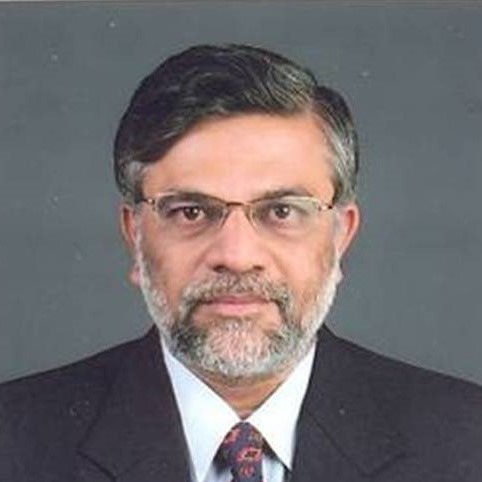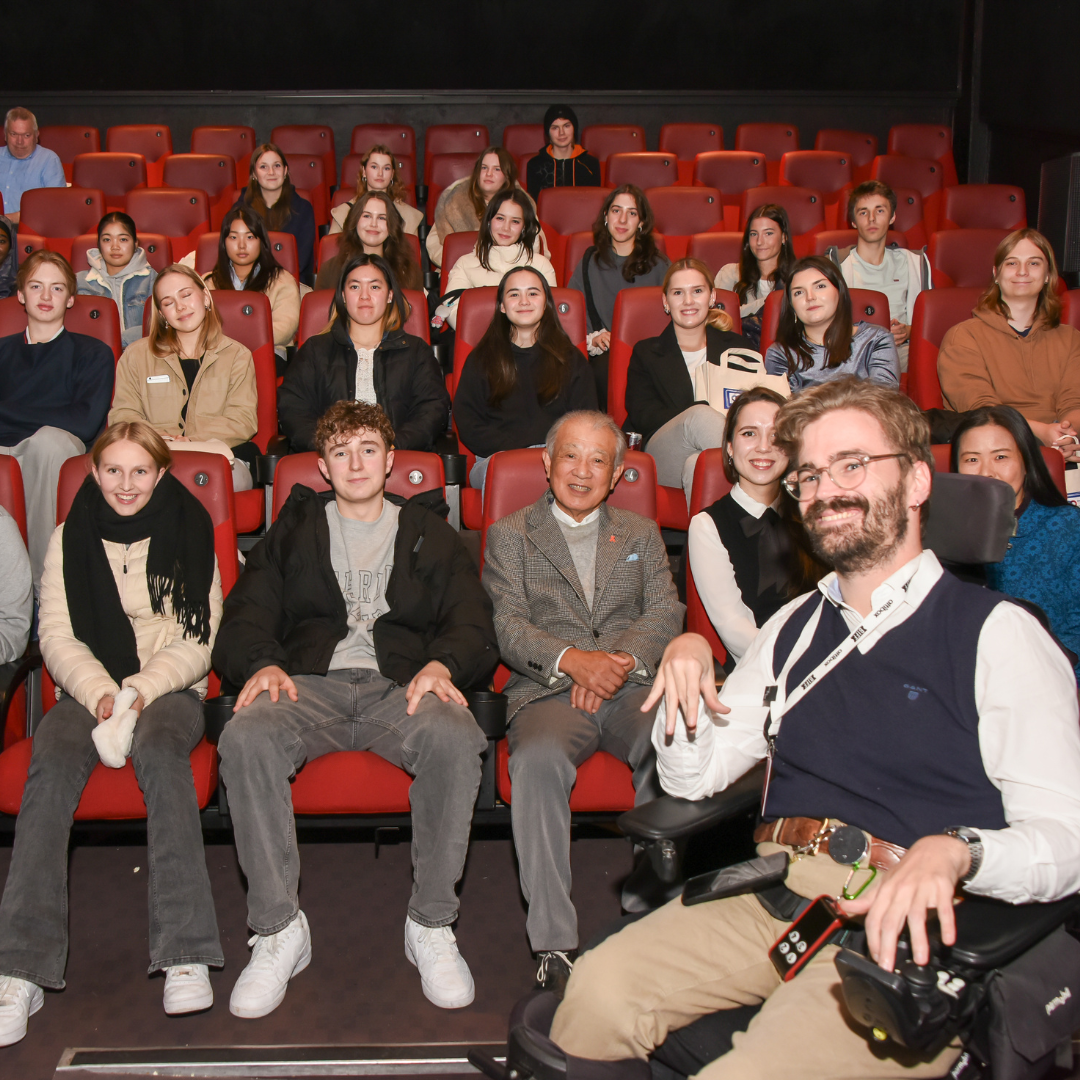In September 2022, WHO published its annual global leprosy (Hansen’s disease) update¹. The update presents statistics based on 2021 data reported by 143 countries, including all 23 global priority countries.
The total number of reported new cases of leprosy in 2021 increased by 10.2% in comparison to the number reported in 2020 while showing a decrease of 30.6% in comparison to the number reported in 2019. This pattern — increase in comparison to 2020; decrease in comparison to 2019 — presented similarly for all other key indicators, except for the number of non-autochthonous² cases. The pattern should be considered in the context of the COVID-19 pandemic.
Pandemic-related restrictions and diversion of resources disrupted early diagnosis and continuous surveillance activities, which are necessary for preventing transmission and the development of visible deformities (grade 2 disability, G2D). While the number of undetected cases is by definition unknown, the number has probably increased. The update emphasizes that “surveillance should be promoted to ensure detection of a maximum number of patients” (p. 448).
Interruption of transmission
Global leprosy update analysis of new case detection rates showed that 14 countries have reported zero new autochthonous³ child cases for the past five consecutive years and can be considered for verification of interruption of transmission.
| Phase | Description |
| Interruption of transmission | no local transmission of M. leprae, evidenced by zero new autochthonous cases among children ≤15 years for at least 5 consecutive years |
| Elimination of disease | after “interruption of transmission,” zero new autochthonous leprosy cases for all ages for at least 3 consecutive years |
| Post-elimination surveillance | after WHO has verified “elimination of disease,” a country conducts “post-elimination surveillance” for 10 or more years |
Sources: World Health Organization, Global leprosy (Hansen disease) update, 2021 (https://apps.who.int/iris/handle/10665/362412), p. 448-449. World Health Organization, Regional Office for South-East Asia, Task Force on definitions, criteria and indicators for interruption of transmission and elimination of leprosy: Report of the final meeting, 2021 (https://apps.who.int/iris/handle/10665/342172).
Treatment completion rates
Treatment completion rates in cohort analyses were 89.3% for multibacillary (MB) and 95.85% for paucibacillary (PB) leprosy.
Antimicrobial resistance
Eight countries reported data on antimicrobial resistance. Of 3,452 patients tested, 51 were found to have M. leprae strains resistant to rifampicin, 49 to dapsone, and 3 to ofloxacin; 4 had strains resistant to more than one antimicrobial.
Post-exposure prophylaxis (PEP)
WHO advises that administration of a single dose of rifampicin reduces the risk of leprosy and can be given as post-exposure prophylaxis to eligible contacts of leprosy patients, i.e., adults and children aged ≥2 years, after excluding leprosy and tuberculosis and in the absence of other contraindications.
New self-paced online course
Based on recognition that clinical and programmatic expertise must be strengthened, WHO has developed an online course for front-line health workers in national programs. The course takes approximately two hours to complete, and it is available free of charge through the OpenWHO platform: https://openwho.org/courses/NTDs-leprosy.
¹ World Health Organization, ”Global leprosy (Hansen disease) update, 2021: moving towards interruption of transmission,” Weekly Epidemiological Record 97(36): 429-450 (https://apps.who.int/iris/handle/10665/362412).
² “Non-autochthonous new cases of leprosy (previously referred to as foreign-born cases) are those in which the person is assumed to have been infected in another country than that in which leprosy was diagnosed” (p. 436).
³ An autochthonous case of leprosy is presumed to have been acquired by local transmission in the reporting area, indicating that the case resulted from a locally acquired infection.









